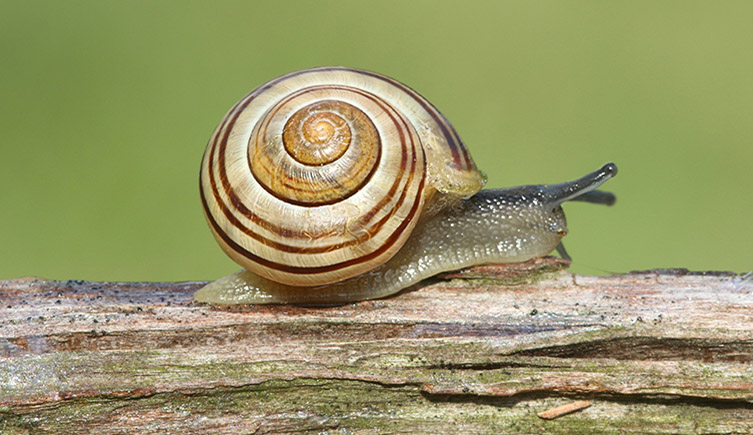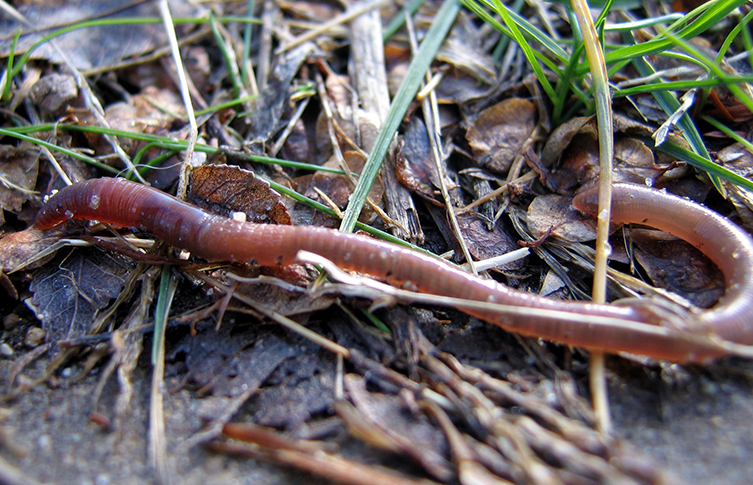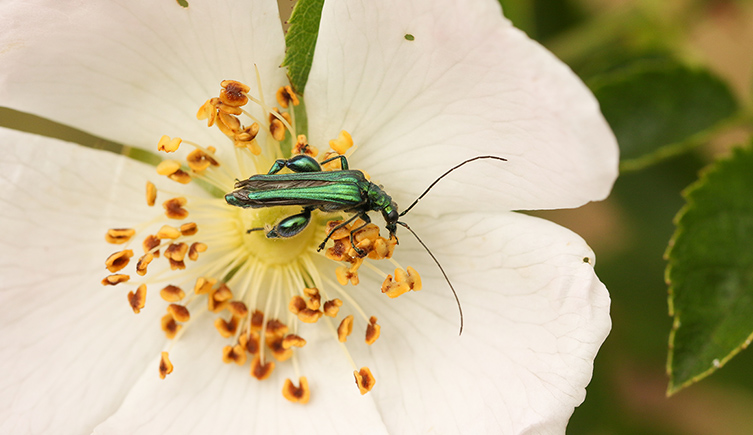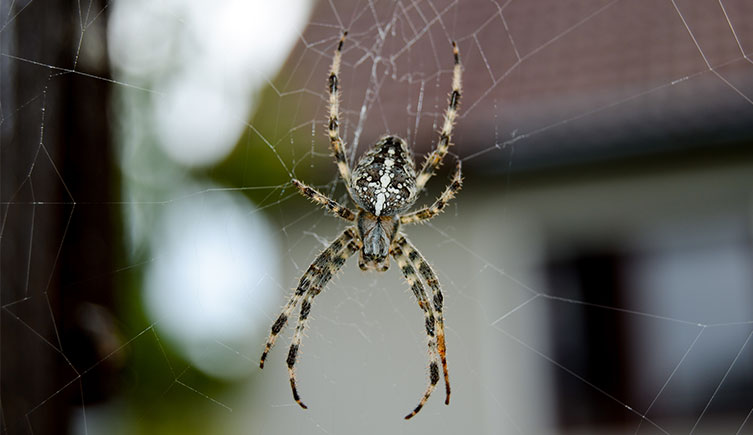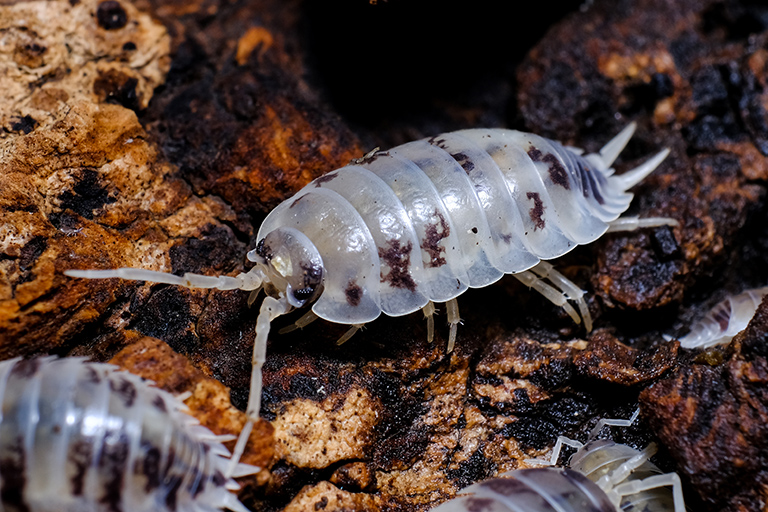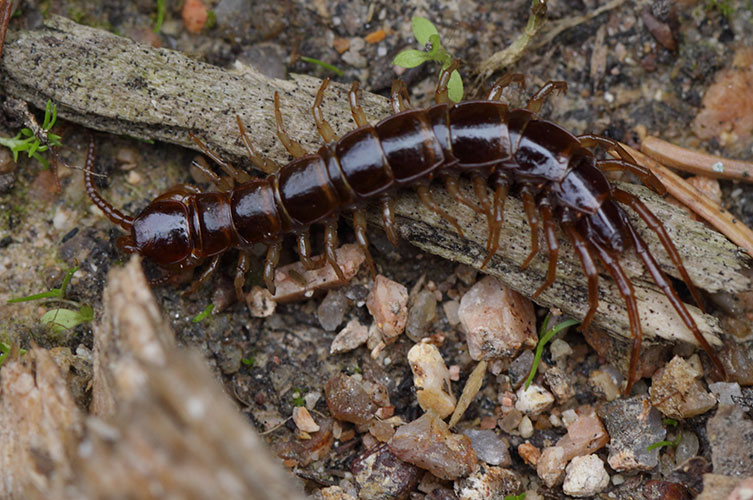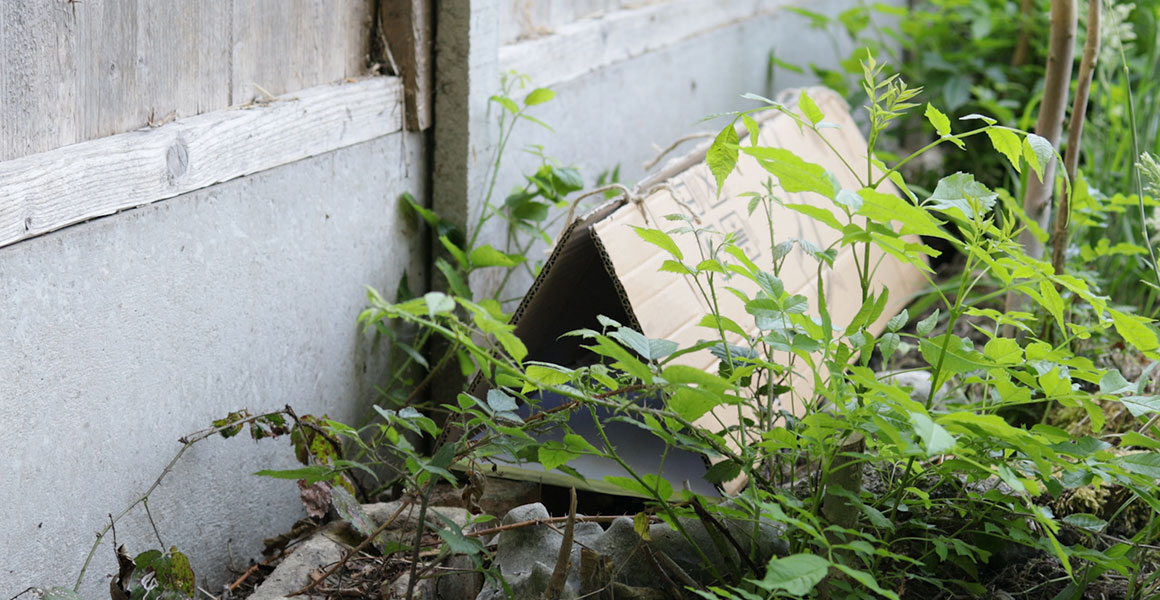Background science
One way to study nature is to arrange living things into categories. This is called ‘Taxonomy’ and it involves classifying, or sorting, living things into groups based on physical characteristics. Sometimes this can give taxonomists clues about how different types of living thing are related, but it is not always so simple.
When classifying invertebrates, a good place to start is by counting the number of legs. For example, invertebrates with six legs are insects. They are more closely related to each other than to invertebrates with eight legs such as spiders.
It is also important to pay attention to other features. Garden snails and earthworms both have no legs, but they belong to different groups. In this case it is important to note features which are different such as the hard shell on snails and the worm's segmented body.
Classification can help us understand how living things are related to one another, and it can reveal other interesting information.
For example sharks and dolphins have similar body shapes, they both live underwater, and they both have fins and flippers.
Despite these similarities the two groups of animals are not closely related. Sharks are their own group and breathe through gills. Dolphins are mammals which breathe air and give birth to live young who are fed milk by their mothers.
Their body shapes are similar because they are adapted to swimming quickly in the ocean, not because they are closely related. This is an example of convergent evolution and the similarities can tell us a lot about living underwater.
Sorting animals by their size could show how much food they need to eat. Sorting by colour could tell you about how animals protect themselves. For example, some animals blend in with their surroundings (camouflage), while other animals use bright colours as a warning to potential predators that they are poisonous to eat.
Common garden invertebrates:
